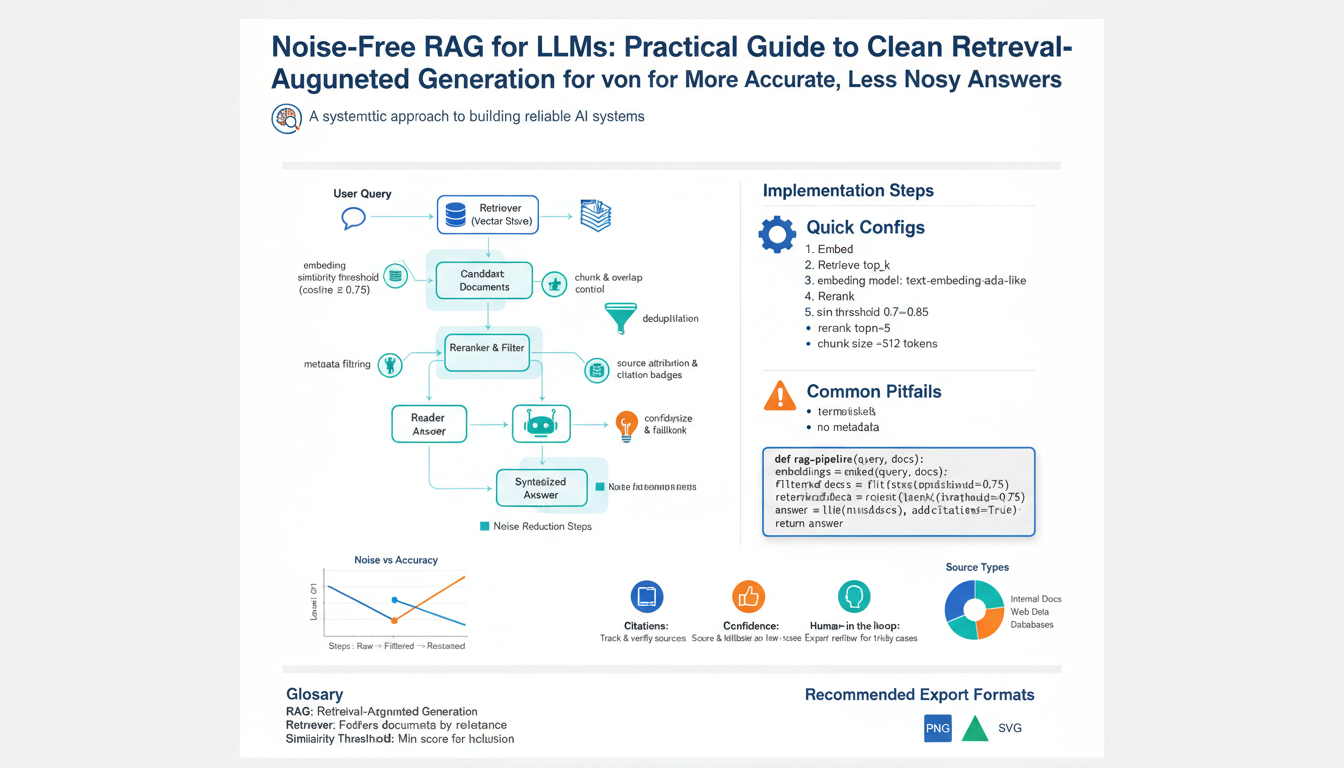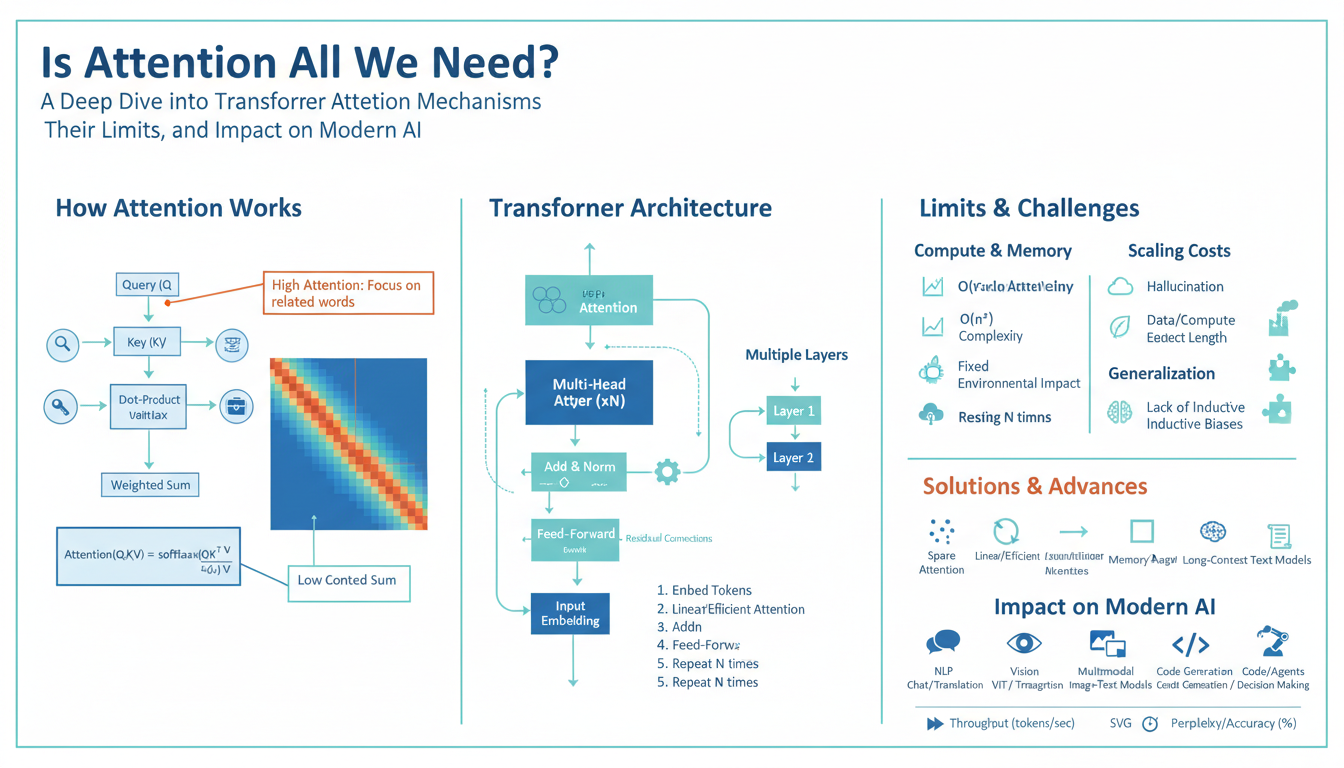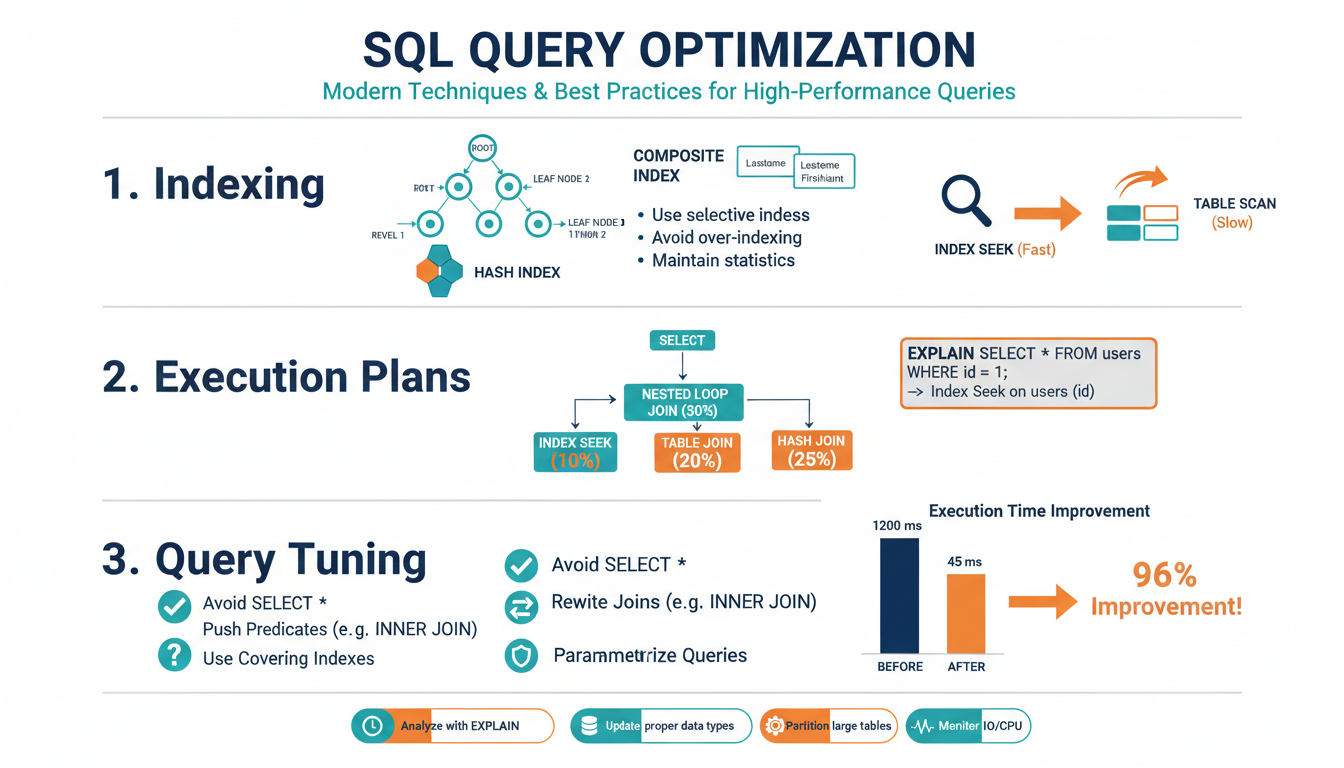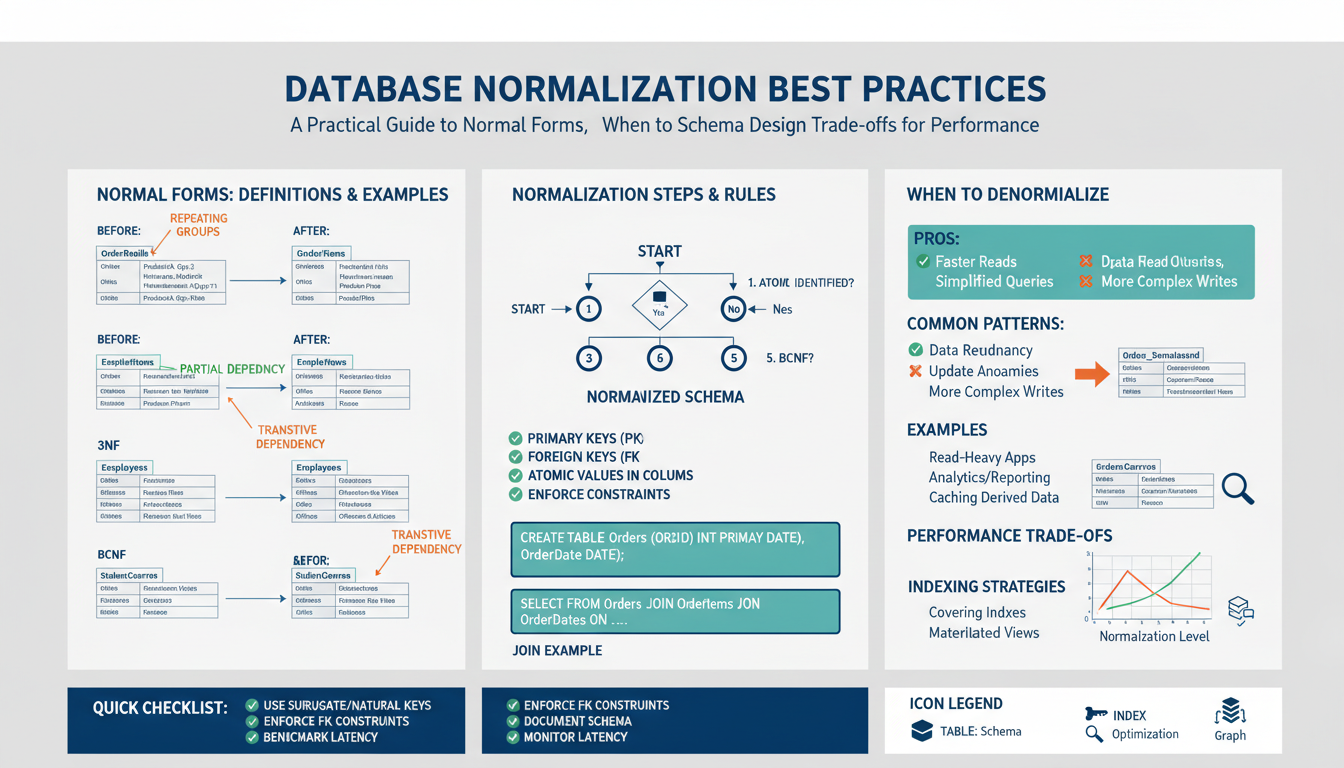Understanding Functional Prompts vs. Conversational Approach
When working with large language models (LLMs), two core prompting styles emerge: functional prompts and the conversational approach. Understanding the key differences between these methods is crucial for optimizing the performance and utility of LLMs in real-world applications.
Functional prompts are structured, often rigid instructions that ask the model to perform a defined task. For example, a prompt like “Summarize the following article in five bullet points” is direct and strictly goal-oriented. This approach can be highly effective for repetitive or clear-cut tasks where the expected output format is well-defined. Many early use cases for LLMs, such as code generation or simple data extraction, have relied on this style. However, this methodology can sometimes fall short when more nuanced understanding, adaptability, or context-awareness is required. For deeper insight into prompt engineering fundamentals, consider reviewing the primer by DeepMind.
Conversely, the conversational approach aims to make interactions with LLMs more natural, dynamic, and adaptable. Instead of issuing rigid instructions, users interact with the model as if they are having a discussion—mimicking human-to-human dialogue. This approach leverages the contextual comprehension abilities of advanced LLMs, guiding them with iterative feedback and clarifying questions. As a result, conversational prompts tend to produce more robust, contextually relevant, and personalized responses. For example, instead of asking “Summarize this article,” you might say, “Can you help me understand the main arguments of this article, and explain how they might apply in a modern business setting?” This nuanced discussion gives the model more information about user intent and the context for the task at hand.
To better appreciate these differences, consider this step-by-step breakdown:
- Initiation: The functional prompt starts with a directive. The conversational approach begins with a question, background, or scenario to encourage engagement.
- Contextual Feedback: Functional prompts rarely allow back-and-forth refinement. In conversation, the user can probe further, clarify requirements, or adjust expectations based on incremental outputs (see the Stanford chain-of-thought research).
- Adaptability: Functional prompts may not adjust well if the model misunderstands the intent. The conversational approach invites clarifying questions and deeper exploration, often resulting in higher task success rates.
- Human-Like Interaction: Conversational prompts leverage the human tendency to seek and provide clarification, guiding the model just as one would guide a colleague. This dynamic often uncovers insights or creative solutions not possible with a functional, one-time instruction.
Leading researchers in AI, such as those at OpenAI, have shown that conversational reasoning enables LLMs not just to perform better technically, but to generate more trustworthy and useful content. By mimicking human conversational patterns, models can interpret and respond to ambiguity far more effectively.
Ultimately, while both functional and conversational prompting have their place in the LLM toolkit, understanding their distinctions—and the contexts in which conversational methods excel—empowers users to unlock the true potential of next-generation AI systems.
How Conversational LLMs Enhance User Engagement
Conversational large language models (LLMs) offer an intuitive and highly engaging user experience that sets them apart from traditional, functionally driven prompts. By simulating a human-like dialogue, conversational LLMs make interactions feel more personal and interactive—much like speaking to a knowledgeable assistant rather than issuing commands to a machine. This natural style of communication encourages users to continue their engagement, ask questions freely, and dive deeper into complex topics without feeling constrained by rigid input structures.
One key reason conversational LLMs boost user engagement is their ability to adapt to the evolving context of a discussion. As users present follow-up questions or clarify their queries, the model remembers and incorporates previous exchanges, allowing for continuity and richer, more meaningful interactions. This process is akin to how humans conduct discussions, leading to higher user satisfaction and trust. The Association for Computing Machinery has published research highlighting the advantages of contextual awareness in conversational agents, noting improved user retention and task success rates.
Conversational LLMs also excel at reflecting empathy and offering tailored responses. For example, if a user expresses frustration or confusion, the model can adjust its tone, provide encouragement, and clarify explanations—instead of repeating a generic answer. Such dynamic emotional intelligence is critical in sensitive scenarios, such as customer support, mental health applications, or educational tools. In these fields, studies have demonstrated that empathetic conversational agents increase engagement and perceived helpfulness, as discussed in detail by the Nature Digital Medicine journal.
Furthermore, the open-ended nature of conversational prompts invites users to explore ideas at their own pace. Rather than sticking to a strict, pre-defined workflow, users are free to direct the conversation, ask for examples, or request clarification at any step. For instance, a student using a conversational AI tutor can not only get answers to a math problem but can also ask for detailed explanations, alternative methods, or real-world applications, thus making the learning experience far deeper and more interactive (Stanford Graduate School of Education).
In summary, the conversational approach to LLMs enhances user engagement by fostering a more natural, empathetic, and flexible dialogue. This not only increases satisfaction but also empowers users to reach their goals more effectively—setting a new standard for human-computer interaction in the AI age.
The Role of Context in Conversational AI
One of the fundamental strengths of conversational AI lies in its ability to utilize and maintain context throughout an ongoing interaction. Unlike older models or static prompt-based approaches, conversational Large Language Models (LLMs) are designed to remember previous inputs within a dialogue and adjust their responses dynamically. This continuous thread, known as context, is crucial in mimicking the flow of human conversations and delivering highly relevant, nuanced outputs.
Context in conversational AI refers not just to the immediate message, but to the entirety of the interaction before it. For instance, if you ask an AI assistant about the weather in Paris, and then follow up with “How about tomorrow?”, a context-aware model understands that “tomorrow” refers to Paris without requiring the location to be repeated. This way, it seamlessly “remembers” previous requests, creating a more natural and intuitive user experience. Research from MIT underscores how continuity and context retention significantly enhance user satisfaction and overall task efficiency in dialogue systems.
In practical terms, effective context management in LLMs offers several benefits:
- Personalization: By keeping track of previous interactions, conversational models can tailor responses that better reflect user preferences and history. For example, a virtual customer service agent can recall recent orders or complaints to provide faster, more relevant assistance (Gartner).
- Reduced Repetition: Users do not need to repeat themselves, as the system “remembers” earlier parts of the conversation. This mirrors natural human dialogue and minimizes frustration, distinguishing conversational LLMs from functionally prompted systems, which often lack this persistence and require all relevant information to be included in every fresh prompt (Google AI Research).
- Complex Task Handling: Conversational context enables the actual completion of multi-step tasks. For instance, if a user wants to book a flight, choose seats, and order a meal, a conversational LLM can effectively chain these steps together, referencing prior choices throughout the process.
Consider this example: A customer engages with a banking chatbot to check their balance. Upon receiving the balance, they then ask, “Can you transfer $200 to my savings?” A context-aware model instantly knows which account the user was referring to, while a prompt-based model might require explicit clarification, slowing down the exchange and increasing the potential for errors.
This ability to preserve and leverage context is why conversational LLMs are becoming the backbone of modern digital assistants, chatbots, and support systems. It brings artificial intelligence closer to true human-like understanding and interaction, offering a user-centric approach that is simply not achievable with isolated, functional prompts. For a deeper dive into how context advances AI conversation, check academic articles from Nature that explore the neural underpinnings of contextual understanding in machine learning systems.
Adapting to Ambiguity: A Key Strength of Conversational LLMs
One of the defining features of conversational large language models (LLMs) is their ability to thrive in situations where information is incomplete, conflicted, or downright ambiguous. Rather than requiring exact instructions—like a functional prompt does—conversational LLMs excel at holding context, seeking clarification, and adapting their outputs in a dynamically evolving dialogue. This is a significant advantage, especially in real-world interactions where human intentions and needs are rarely as clear-cut as a static prompt would assume.
Imagine asking a conversational LLM for help planning a party. Your initial query might be as vague as “Can you help me organize a birthday party?” Instead of faltering, the LLM can respond with pointed questions: “How many guests are you expecting?”, “Do you have a theme in mind?”, or “What is your budget?” This iterative, clarifying approach allows the LLM to refine its recommendations as new information is revealed, mirroring the way human assistants naturally conduct conversations. This adaptability is supported by research on conversational AI, which notes that handling ambiguity is key to creating systems that are genuinely helpful and believable (Stanford AI Lab).
Contrast this to functional prompts, which typically require the user to anticipate and define every aspect of the task upfront: “Write a schedule for a birthday party for 15 people, with a unicorn theme, a $200 budget, and outdoor games.” While effective for well-bounded problems, such prompts can frustrate users who are unsure of their own requirements or lack exhaustive information at the outset.
The conversational approach supports three major steps in navigating ambiguity:
- Active Clarification: The LLM asks follow-up questions to resolve uncertainties, which is essential in customer support, therapy, and education settings. As noted by McKinsey’s State of AI report, this makes conversational agents far more user-friendly than traditional, rigid interfaces.
- Contextual Memory: As the conversation progresses, the LLM keeps track of historical context, seamlessly building on previous exchanges without requiring users to restate information. This contextual agility not only enhances user experience but also reduces friction and repetition, as discussed in recent academic research.
- Incremental Resolution: The ability to incrementally converge on a solution—gradually narrowing down options or iterating through possibilities—means that conversational LLMs can handle evolving needs or shifting goals, making them indispensable in collaborative environments.
For businesses and developers aiming to create resilient, human-centric AI applications, leveraging the conversational approach is crucial. It enables LLMs to adjust and self-correct in real-time, ultimately leading to better outcomes and more satisfied users. For a deeper dive, see the Harvard Business Review’s perspective on conversational AI and its potential to reshape the digital customer experience.
Real-World Applications: Success Stories of Conversational AI
In the real world, the conversational approach to large language models (LLMs) has reshaped how businesses and individuals interact with AI, offering markedly superior outcomes compared to functional prompts. This transformation is evident across various industries, where natural, context-aware exchanges result in higher customer satisfaction, greater efficiency, and innovative solutions.
Customer Service Transformation
Conversational LLMs excel in customer service, guiding users through complex issues as if they were speaking to a human agent. For instance, companies like Google have integrated conversational AI into their support systems. Instead of relying on rigid question-and-answer templates, their AI understands follow-up questions, clarifies doubts, and adapts solutions based on the conversation’s flow. This dynamic engagement mimics natural human exchange, reducing customer frustration. A step-by-step example:
- A customer inquires about a credit card issue.
- The AI clarifies the specific problem through follow-up questions.
- It provides tailored solutions, remembers earlier interactions, and adjusts its recommendations accordingly.
- If necessary, the conversation fluidly progresses to setting up callbacks or connecting to a live agent, without the customer repeating information.
The result is higher first-contact resolution rates and improved user satisfaction, as documented in McKinsey’s analysis of AI in customer service.
Healthcare: Intelligent Virtual Health Assistants
Healthcare organizations have embraced conversational AI for patient support and pre-diagnosis. Unlike traditional symptom-checker apps, conversational LLMs, such as the virtual assistant developed by Mayo Clinic, engage patients in in-depth dialogue. The AI collects symptoms, tracks medical history, asks clarifying questions, and offers preliminary guidance—all while echoing genuine empathy and attentiveness. The conversational approach ensures:
- Patients accurately describe symptoms with gentle prompts from the AI.
- Context from previous responses is retained, allowing for nuanced follow-up questions.
- Unexpected topics or concerns are navigated gracefully, improving care outcomes and patient trust.
This dynamic interaction leads to better triage, early intervention, and even continuous patient engagement. More information can be found in Harvard Business Review’s discussion on LLMs in healthcare.
Personalized Learning and Education
Conversational LLMs are also revolutionizing the education sector. Instead of answering rigid, functional prompts, these AI tutors adapt to each student’s learning pace and preferred style. Platforms like OpenAI’s educational initiatives leverage natural conversation to diagnose knowledge gaps, explain concepts in multiple ways, and engage students in critical thinking exercises. A typical tutoring interaction might look like this:
- A student expresses confusion about a calculus problem.
- The AI tutor asks the student to explain their thought process so far.
- Based on the student’s explanation, the AI redirects the lesson, providing just-in-time hints or alternative examples.
- The LLM continues the dialogue, building on previously discussed topics, helping the student achieve deeper understanding.
This tailored conversational exchange accommodates learning differences, increases retention, and motivates students through encouragement and scaffolded guidance, a technique reinforced by EdWeek’s analysis of AI in classrooms.
Conversational Commerce and Personalization
E-commerce platforms are leveraging conversational LLMs to create highly personalized shopping experiences. Rather than offering one-size-fits-all product recommendations, conversational AIs, as exemplified by eBay’s AI systems, hold ongoing dialogues with customers. These AI assistants remember preferences, inquire about specific needs (e.g., “Are you looking for something formal or casual?”), and guide users to products in real time. The key steps include:
- The customer starts a chat seeking recommendations for a specific occasion.
- The AI gathers information about preferences, budget, and prior purchases.
- It explains product features, answers detailed queries, and narrows down options, all within a conversational thread.
- If the customer returns a week later, the AI recalls the previous chat, picking up where the conversation left off.
This level of personalization, only possible through context-aware dialogue, leads to higher conversion rates and enhanced loyalty, as highlighted by Deloitte’s research on AI in retail.
These real-world success stories underscore how the conversational approach to LLMs enables nuanced, human-centric interactions that functional prompts simply cannot match. By embracing natural conversation, organizations unlock higher engagement, better customer experiences, and tangible business results—solidifying conversational AI’s place at the center of digital transformation.



